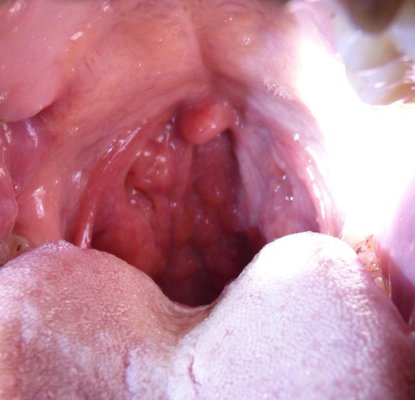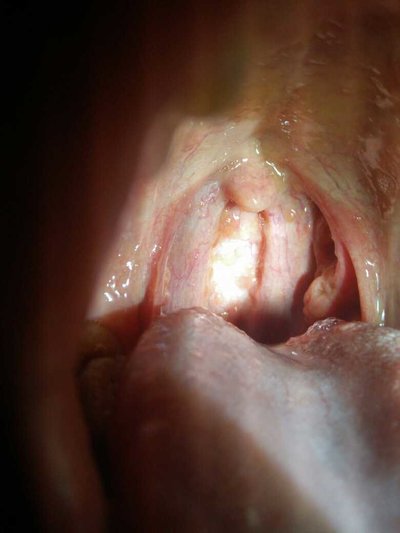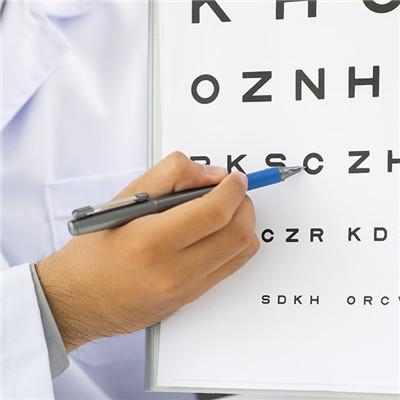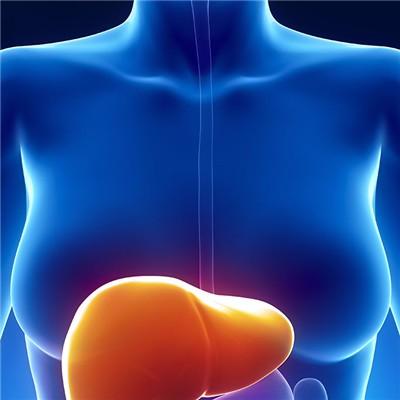Symptoms of esophageal injury?
summary
Esophageal injury is a common disease, it often occurs when we don't pay attention, and the causes of esophageal injury are various, so, let's understand the symptoms of esophageal injury? Through the symptoms mentioned below, you can compare with your own situation to judge whether you also have esophageal injury. If you have esophageal injury, you should treat it in time.
Symptoms of esophageal injury?
Cervical esophageal perforation often occurs in the thin posterior wall of the esophagus, because the prevertebral fascia attached to the esophagus can limit the lateral spread of contamination. In the first few hours of perforation, there was no inflammation in the neck. After a few hours, the liquid in the mouth or stomach entered the retroesophageal space through the perforation and entered the mediastinum along the esophageal plane, causing mediastinal inflammation. The patient complained of neck pain, stiffness, vomiting, bloody gastric contents and dyspnea. Physical examination showed that the patient was in critical condition with various degrees of dyspnea. Usually can hear through the nasal cavity breath the thick noise breath sound which sends out. Neck palpation revealed stiff neck and pronunciation due to subcutaneous emphysema. Systemic infection and poisoning often occur after 24 hours.
Different from cervical perforation, thoracic esophageal perforation directly causes mediastinal pollution, and mediastinal emphysema and mediastinitis occur rapidly. Although the early stage is only mediastinal contamination, it can rapidly develop into a necrotizing inflammatory process. When the thin mediastinal pleura is penetrated by inflammation, gastric juice and gastric contents flow back to the mediastinum and pleural cavity through the break, causing pleural cavity pollution and accumulation, forming mediastinal and pleural suppurative inflammation. The middle and upper esophageal perforations often pierce the thoracic cavity. The inflammatory process and the accumulation of body fluid caused by esophageal perforation are characterized by severe pain in one side of the chest, aggravation during breathing and radiation to the scapular region. There were definite dysphagia, hypovolemia, increased body temperature and heart rate at the site of perforation, and the increase of heart rate was not proportional to the increase of body temperature. The degree of systemic infection, poisoning symptoms and dyspnea varies according to the severity of chest contamination, the amount of hydropneumothorax and whether there is airway compression. Esophageal injury after mediastinoscopy is more difficult to diagnose. Sometimes, the diagnosis of esophageal injury or perforation is made only when the patient has mediastinitis and subcutaneous emphysema or when the biopsy tissue has esophageal mucosa or esophageal muscle. Physical examination can find that patients have different degrees of poisoning symptoms, dare not breathe hard, rales can be heard at the bottom of the lung, when holding breath, mediastinal click or twist can be heard with each heartbeat. The subcutaneous gas was touched at the root of neck or anterior chest wall. When the perforation broke into one side of pleural cavity, there were signs of hydropneumothorax in different degrees. The upper part of the involved chest percussion tympanic sound, the lower part percussion voiced sound, and the respiratory sound of the diseased side disappeared. A few cases can develop tension pneumothorax with trachea displacement and mediastinum compression. Inflammation of mediastinum and thorax can stimulate diaphragm, which can be manifested as abdominal pain, upper abdominal muscle tension and abdominal tenderness. It should be differentiated from acute abdomen.

The injury of the abdominal segment of the esophagus is rare. Once it is injured, the gastric fluid enters the free abdominal cavity, which mainly causes the contamination of the abdominal cavity. The clinical manifestations are the symptoms and signs of acute peritonitis. This is similar to gastroduodenal perforation. It should be noted that the injury of the distal thoracic esophagus can also be manifested as this case. Sometimes the contamination may not be in the abdominal cavity but in the retroperitoneum, which makes the diagnosis more difficult. This is because the abdominal esophagus is adjacent to the diaphragm, and often has the typical characteristics of epigastric pain and retrosternal dull pain radiating to the shoulder.

matters needing attention
1. The diet is light and nutritious. Pay attention to the balanced diet. 2. Avoid spicy food. 3. Eat more fresh vegetables and fruits. Fresh vegetables and fruits contain a lot of nutrients needed by human body. Eat more food to improve immunity, in order to improve the body's disease resistance. 4. Do not eat smoked, roasted, charred or fried food; Do not eat foods that are overdue or may be contaminated by mycotoxins.
















